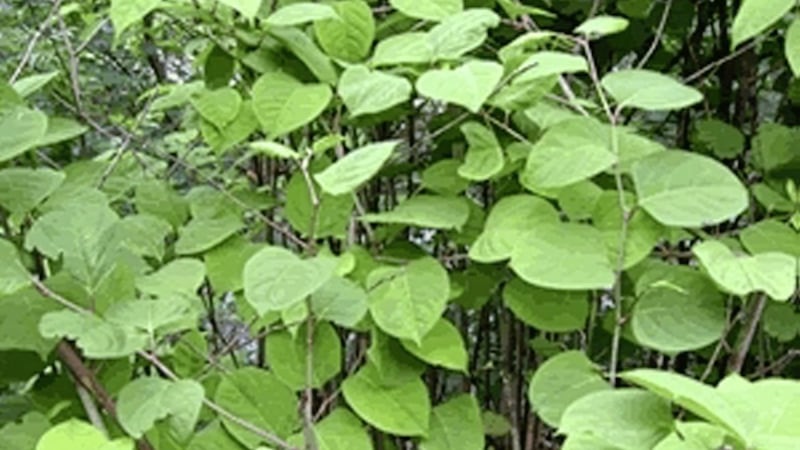IN AN ironic twist, the post-drought explosion in weeds has coincided with an upsurge in the media’s interest in glyphosate, the key component in RoundUp, the world’s favourite weedkiller.
Earlier this month, in what many are already citing as a watershed case, a US jury found that glyphosate contributed to the cancer of Dewayne Johnson, a school groundsman.
The court has ordered agrochemical manufacturer Monsanto to pay $289m (£226m) damages to Mr Johnson because it should have warned users about the dangers of its Roundup and RangerPro weedkillers.
Monsanto’s parent company Bayer argues that the scientific evidence shows RoundUp is safe to use and does not cause cancer, when applied according to the instructions on the label.
The repercussions of the ruling are already being felt across the world and closer to home, as public bodies fear being left liable for health problems among their staff and even the wider public.
In Dublin, it was reported in the Irish edition of The Sunday Times that councils are experimenting with hot foam, concentrated vinegar and blowtorches, as they seek to control weeds safely in public spaces.
It’s even suggested that in tandem with this process the public become more ‘weed tolerant’ – and wildflower aware? – as the authorities strive for a ‘herbicide-free city’.
While its harmful effects on humans remain a source of debate, the impact of glyphosate on biodiversity is more clear cut. Arguably, only in cases where weedkiller is applied to control alien species is it doing anything positive for the natural environment, and even in these circumstances its use is questionable.
If you say that glyphosate is good for biodiversity, you can argue the same thing for Napalm.
Most people would likely welcome a reduction in glyphosate use, especially in agriculture, but many also accept that in certain circumstances it’s the only solution for controlling pernicious weeds.
Japanese knotweed, for example, is nigh on impossible to eradicate through solely organic means. Introduced as an ornamental in the 19th century, Fallopia japonica’s roots can burrow through tarmac and concrete, enabling plants to colonise swathes of ground and make the effected property unsellable.
The control of Japanese knotweed demands industrial strength weedkiller, so unless you’re confident in your health and safety capabilities, it’s advisable to get a contractor in to deal with it.
Horse tail (equisetum) is another plant that can penetrate rock hard surfaces. Like knotweed, it can regenerate itself from a small fragment, which means attempting to dig it out can often prove counter productive. It too requires a super-strength herbicide best deployed by a professional.
The final member of the triumvirate of pernicious perennial weeds is ground elder, another invasive plant that can take years to kill – even with chemicals. Again, a strong formulation is recommended. Marginally less aggressive than knotweed and horse tail, ground elder can be tackled organically but such an operation requires patience and dedication, as it can involve removing all other plants from an area and cleansing it over a long period.
In the weed hierarchy, the next level is just as invasive but not quite as persistent, meaning generally they can be tackled with a fork and a keen eye. Bindweed is the most problematic of these but in common with many native weeds, it benefits wildlife. The flowers of hedge bindweed prove especially attractive to the Convolvulus hawkmoth.
The traditional method for dealing with bindweed has involved a chemical application but like ground elder, it too can be tackled through sheer doggedness.
Other weeds that glysophate is often employed to control, like nettles, ivy and brambles, can also be managed organically with a bit of effort.









